Disclaimer: This blog post contains affiliate links. If you make a purchase through these links, I may earn a small commission at no additional cost to you. Learn More. Thank you for supporting our garden community.
How to Grow Carrots from Seed to Harvest
Carrots are a staple in home gardens thanks to their sweet flavor, versatility, and nutritional value. Growing carrots successfully requires proper soil preparation, consistent care, and the right harvesting techniques. In this guide, we’ll cover everything you need to know about how to grow carrots for the best possible yield.
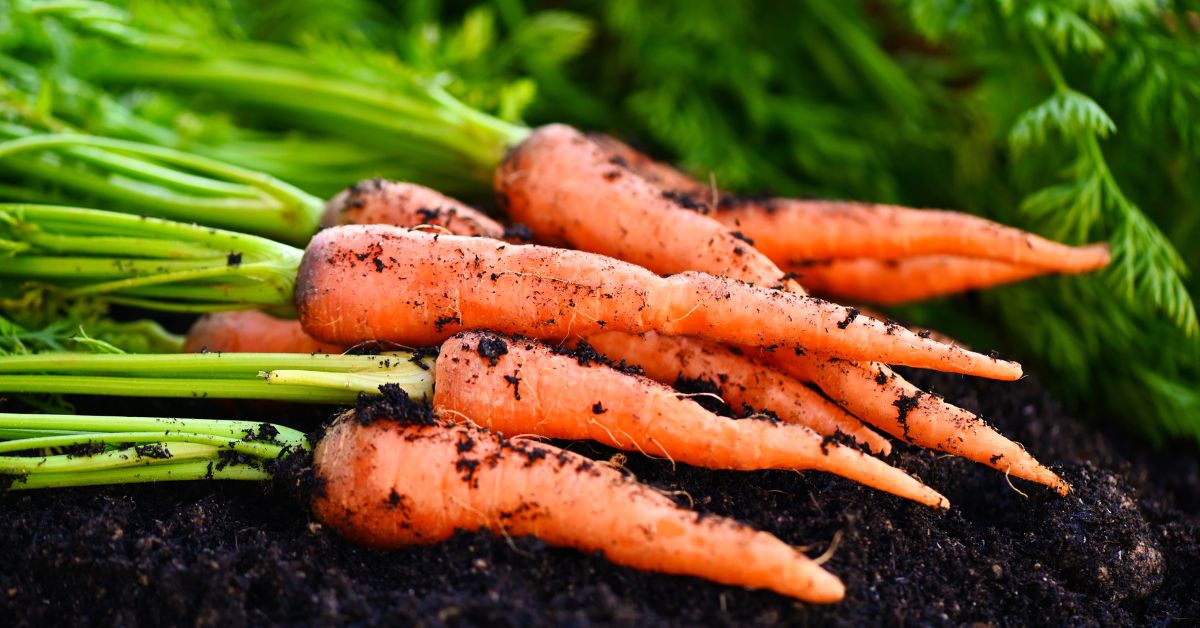
How to Grow Carrots
A lot of gardeners struggle with growing carrots, especially the germination process. And of course, if you can’t germinate them, then they won’t grow.
Carrots are somewhat specific in their care requirements, including soil, water, and nutrients, so it’s important to know these things before getting started.
I’m sure most of us have tried growing carrots before, but they don’t always grow to their expected size.
I want to fix that for you, so let’s get right into how to grow carrots from seed to harvest.
Products
To buy high-quality garden seeds, check out Burpee.
For a wide selection of perennial garden plants, check out Nature Hills Nursery.
For gardening equipment, check out Bootstrap Farmer.

Choosing the Right Carrot Variety
Carrots come in thousands of different varieties, so it may be difficult to choose one for your climate.
However, we should choose first and foremost based on our growing conditions. If you live in a colder climate, choose a carrot that matures sooner. If you live in a warm climate, carrots that mature in more time are good.
Here are some of my favourite carrot varities:
- Short n Sweet: An easy-to-grow variety that produces 4″ long orange carrots. Matures in 68 days.
- Deep Purple Hybrid: This variety produces 7-8″ long carrots that are purple all the way through to the centre. Matures in 75-80 days.
- Red Cored Chantenay: A classic that produces 5-6″ long roots that are orange on the outside and red in the centre. Matures in 65 days.
When to Grow Carrots From Seed
Generally, carrots can grow at any time of the year, provided you give them proper care. However, they are mostly grown during the cooler parts of the year, in the spring and fall.
If you are in a warmer climate, you can grow carrots through the winter as well.
Because most varieties take 60-80 days to mature, you need to factor this in with the planting.
That being said, you can direct-sow your seeds outdoors about 3-4 weeks before your last frost date. So this means that in my climate, the carrots will be ready around mid to late June, which is right before it gets extremely hot.
Will Carrots Grow in Summer?
You can get away with growing carrots in the summer, as long as they are cared for properly. They may need to be watered more often or covered with a shade cloth.
If the plants dry out, the carrots will become very woody and bitter.
So if you’re just starting to grow carrots, then avoid growing them right in the summer.
Will Carrots Grow in Winter?
If you live in a warm climate, sow carrots at any time during the fall and winter for a spring and summer harvest.
This allows them to mature during winter, which is the mildest part of the year in some areas. It also reduces the chance that they will become woody and bitter.
Sunlight Requirements
When grown in the cool season, carrots prefer full sun. This helps the plants to develop long and straight taproots.
If it gets too hot, you can give the carrot plants some shade. This will prevent the carrots from becoming bitter.
Can Carrots Grow in Partial Shade?
You may be able to get away with growing carrots in partial shade, especially the smaller varieties.
However, be aware that the large roots develop with lots of sunlight. You can try it and see how it goes, but I always grow carrots in full sun.
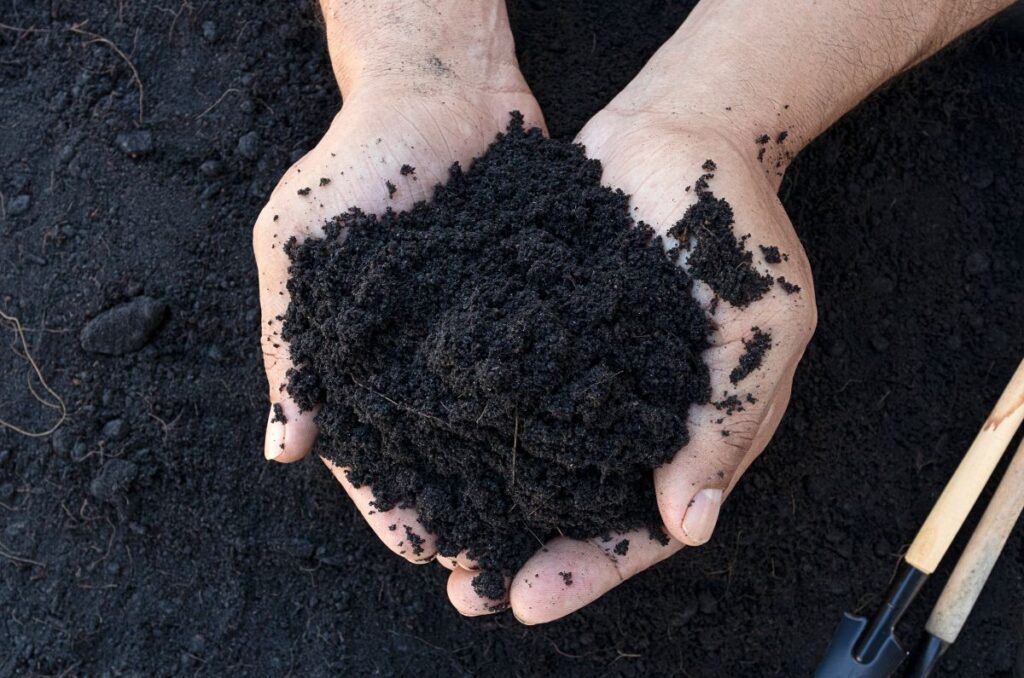
Preparing the Soil
The best soil for growing carrots has no rocks or debris and is very loamy. This means that it drains very well and doesn’t compact easily.
Make sure to sift through your soil to check for large debris that might cause the carrots to fork. This isn’t that big of a deal, but we do want our carrots to be long and straight.
Some people like to add sand to their soil when growing carrots. The reason being that it allows the roots to penetrate the soil and grow longer. This can work in some cases, but we generally don’t want to add sand to our garden soil.
If you only grow carrots in that spot for one year, then you either have to get rid of the soil (which is a huge waste) or grow something else in the sandy soil (which just won’t work).
So avoid adding sand in your soil. Instead, use well-rotted compost or manure, coco coir, and perlite. These amendments help to aerate the soil and allow the large carrot taproots to grow straight.
Will Carrots Grow in Clay Soil
Like I said, carrots need loose soil for the taproots to grow long and straight. If your soil is too clay-heavy, then it will be too compacted for the carrots to grow. The roots won’t be able to reach very far.
You need to amend your clay soil before planting carrots using organic matter and perlite. This will help to break up the clay clumps and allow for better drainage.
Never add sand to clay soil! This will create a concrete-like material when it dries out. Just use organic matter; it works much better.
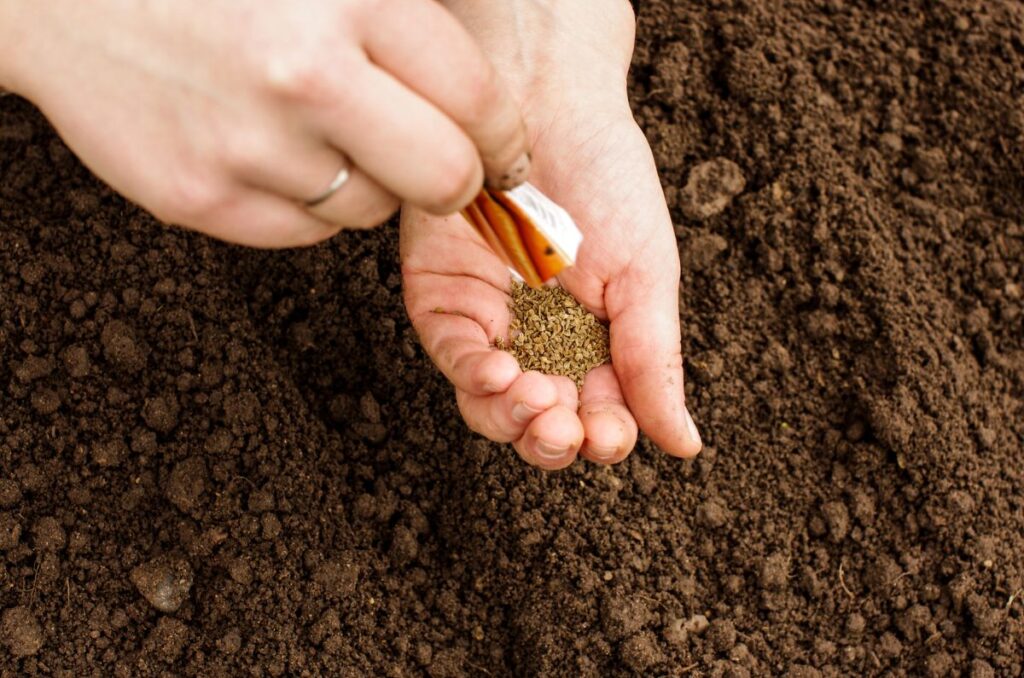
How to Sow Carrots
It’s best to direct-sow your carrot seeds outdoors, directly in your garden beds.
Because carrots have a long and sensitive taproot, starting them indoors is not a good idea. When you transplant them, you are guaranteed to disturb the roots, which may kill your plants.
A lot of gardeners have trouble with germinating carrots, mainly because they take so long to sprout.
Carrot seeds take about 2-3 weeks to germinate fully, and they need to be kept consistently moist for this entire period. This can be hard to achieve when it’s hot and windy outside, so here’s some germination tips:
- Moisten the Soil: Get the soil moist before you sow your carrot seeds. This will help them to stick to the soil.
- Sow the Seeds: Carrot seeds can be sown about 2 inches apart and 1/4 inch deep, depending on the variety. I don’t typically worry about row spacing.
- Cover the Seeds: Lightly cover the seeds with a little bit more soil. Make sure to press it down to ensure that the seeds have good contact with the soil.
- Water Them in: All seeds need water to germinate, so give them some more water.
- Cover the Soil: Use a flat wooden board to cover the surface of the soil where the seeds are. This will help to keep the moisture in. Leave the board there for the full 2-3 weeks, or until you see the seeds germinating.
Some people like to multi-sow carrots, which basically means that you plant 3-4 carrots per hole. This can work for some gardeners, but I haven’t had too much success with it.
I think carrots tend to compete with each other a little bit more than onions or beets, so we shouldn’t multi-sow them in our garden.
Thinning Carrot Seedlings
Once your carrots have germinated, they sometimes grow too closely to each other. This can cause problems when the carrots start to size up.
Thin the seedlings to have one very 1-2 inches. If there are some growing too closely, just pull them out of the ground.
Choose the strongest, largest, and healthiest seedlings to keep growing. And pull out the weakest ones.
Watering Carrots
Carrots need a lot of water to grow well and to prevent the roots from becoming bitter. Keep the soil consistently moist but not waterlogged. If your soil is well-draining, this shouldn’t be an issue.
If it gets too hot in the summer, then you really need to keep up with the watering.
Apply a thick layer of organic mulch to help conserve water.
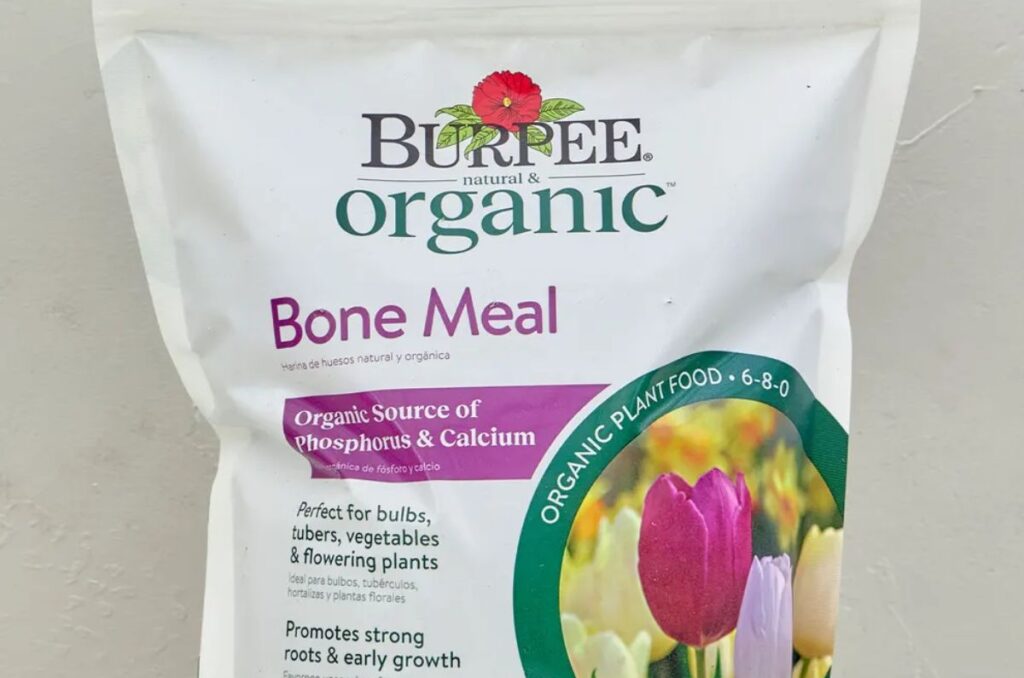
Fertilizing Carrots
One of the biggest mistakes that gardeners make with growing carrots is that they fertilize them with too much nitrogen.
You see, nitrogen is mostly for leaf growth. So if you give carrots a lot of nitrogen, they’ll give you a lot of leaves.
On the other hand, phosphorus is mainly for root growth. So if you give carrot plants phosphorus, they’ll give you beautiful carrot taproots.
My favourite fertilizer for carrots is bone meal. This fertilizer has an NPK ratio of 6-8-0, meaning it is higher in phosphorus.
Apply this fertilizer when the seedlings are still young; don’t wait until the plants are grown, because then it’s a waste.

Common Carrot Growing Problems
Here are some of the most common problems that gardeners have when growing carrots:
- Forked or Misshapen Roots: This is usually caused by large debris in the soil, or by too much nitrogen fertilizer. Fix it by sifting the soil to remove rocks and wood chips, and by using a fertilizer high in phosphorus, like bone meal.
- Carrot Fly: This pest likes to bore into the carrot taproot. It will then lay eggs inside it and the maggots will eat the carrot from the inside out. Prevent this by using a floating row cover as early as possible.
- Cracked Roots: Cracks are mostly caused by an inconsistent watering schedule. That means when you give them lots of water, then you let it dry out completely, then you give them lots of water, then you let them dry out completely, and so on. Prevent this by having a consistent watering schedule to keep the soil evenly moist.
- Bolting: This is when the carrots prematurely run to seed and produce flowers. It can be caused by overcrowding, too much heat, or too little water. Just make sure they are spaced apart, grown in the cool season, and are well-watered.
- Bitter / Woody Carrots: Carrots are meant to be sweet and crunchy, so make sure to water them evenly and provide shade when it gets too hot to prevent bitterness and woody carrots.
Harvesting Carrots
Most carrot varieties are ready to harvest 60-80 days from planting. So you will have to wait about 2-3 months.
A good sign that carrots are ready to be pulled out of the ground is that the tops will all be sticking out above the soil. When you see this, and that they are about 1-2 inches in diameter, they are ready to be harvested.
Grab the carrots by the tops, wiggle the carrots around a little bit, and pull the roots out of the soil. If you need to, use a trowel to loosen the soil around the carrots, being careful not to stab the taproots.
Additionally, you should only harvest the ones that are large enough. If there are still some carrots that are small, you can leave them in the soil to keep getting larger.
Storing Carrots
If you live in a colder climate, you can just leave your carrots in the ground over winter. Make sure to mulch them thickly and they will keep well there until spring. Just dig a few up when you need it.
For warmer climates, you can store your carrots in a container of sand. Simply lay out some sand, then a single layer of carrots, then cover with sand, and continue the layering process.
Cover with a lid and they should stay crunchy in here for a few months.
Frequently Asked Questions
Yes, carrots can be grown in 5 gallon buckets, as long as you don’t crowd them out too much. They are perfect because they allow for lots of vertical root growth
If just a couple of the leaves are eaten by an animal, then it’s not a problem. If all of the leaves are eaten, then just harvest the carrot and use what you can from it.
While it is technically possible to regrow carrots from carrot tops, you won’t get an actual carrot from it. You’ll just get some new leaves and maybe some flowers.
Carrots are a great companion plant for tomatoes, especially in the summer. When the tomatoes grow tall in the summer, you can plant carrots in their shade to prevent them from bolting.
Even More Gardening Ideas
Here are a few more posts to get the ball rolling in your garden!
- How to Grow Tomatoes that are Juicy and Delicious
- How to Make Biochar as a Soil Amendment
- How to Deter Slugs in the Garden Naturally
If you liked this article, make sure to share it with your friends and family members who are also looking to sharpen their gardening skills. Also, consider signing up for our email newsletter; don’t worry, we won’t send you spam, just fresh gardening ideas every week!
If you want to learn more about vegetable gardening, check out The Real Gardener on LinkedIn, YouTube, and Pinterest.
Pin this post for later:
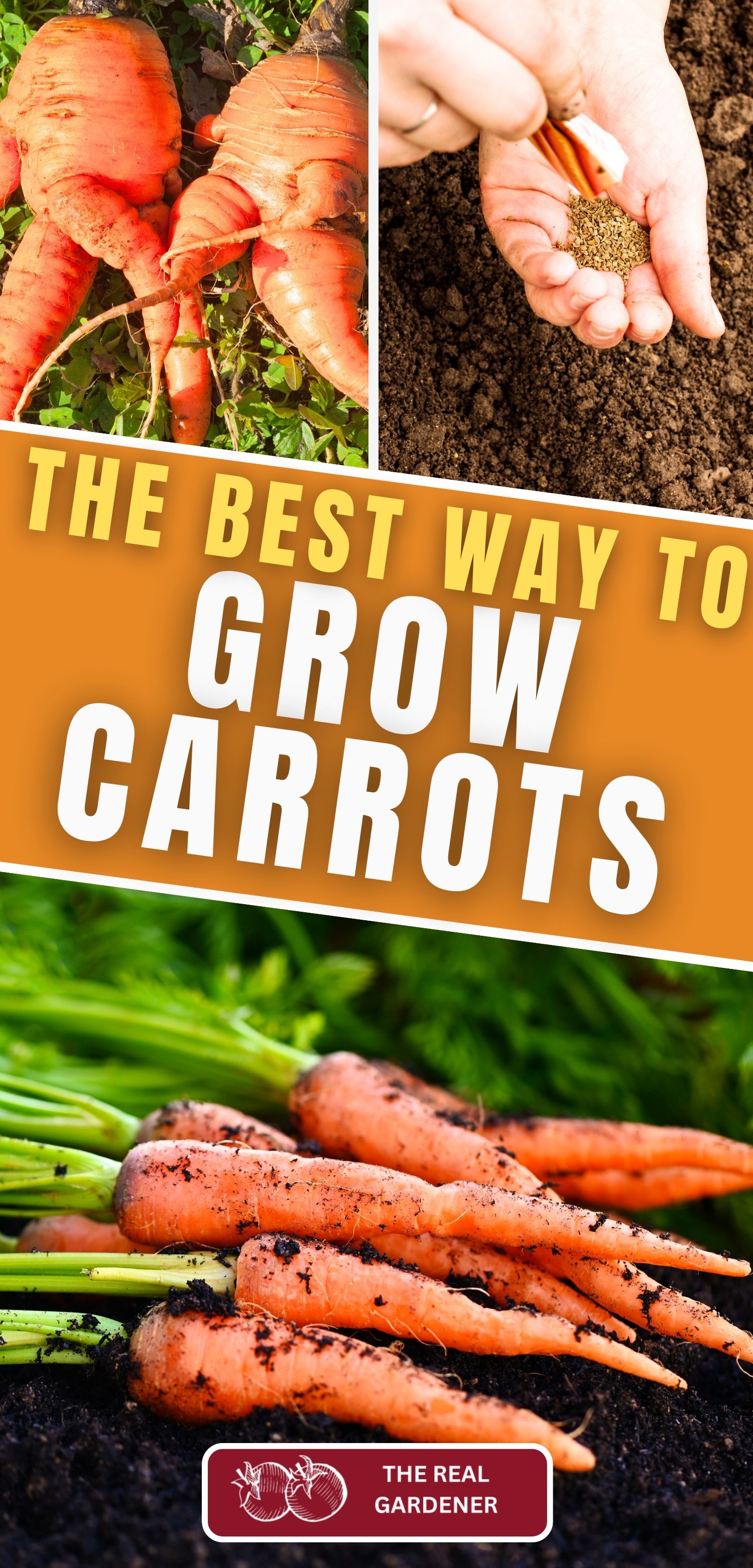
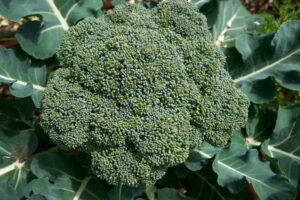
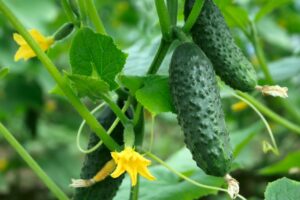


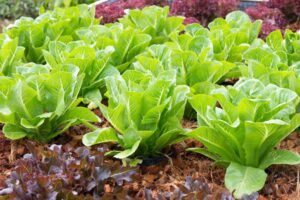

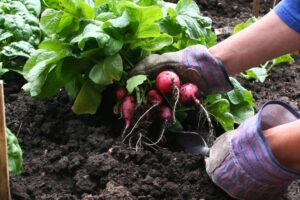
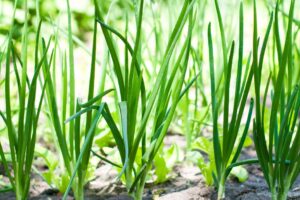
Leave a Reply